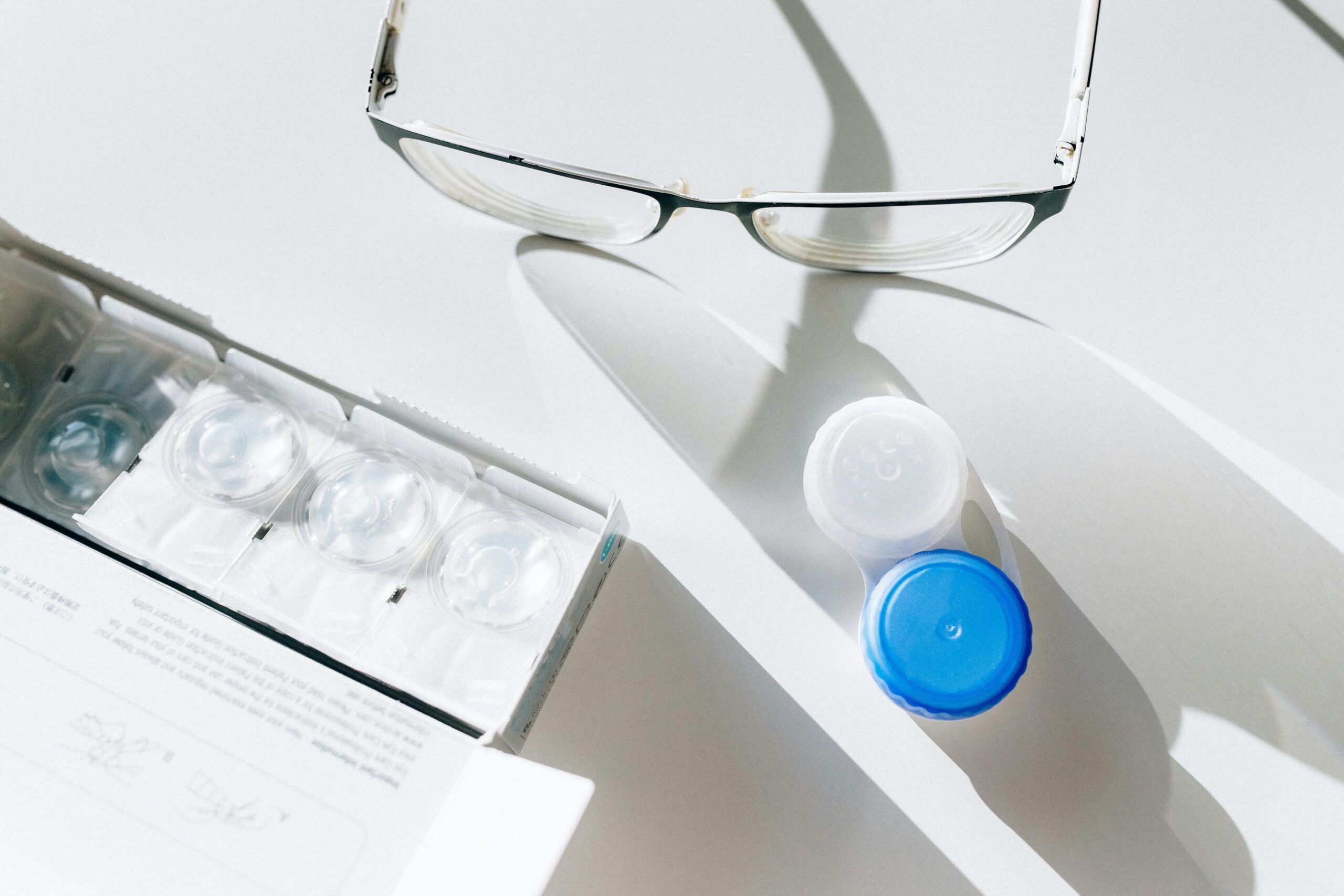Diabetic retinopathy is a serious eye condition that affects people with diabetes. It occurs when high blood sugar levels cause damage to the blood vessels in the retina, the light-sensitive tissue at the back of the eye. If left untreated, diabetic retinopathy can lead to vision loss and even blindness. However, with proper management and regular eye exams, the risk of severe vision problems can be significantly reduced.
What Is Diabetic Retinopathy?
The retina is responsible for converting light into signals that are sent to the brain, allowing us to see. Diabetic retinopathy occurs when the tiny blood vessels in the retina become damaged due to prolonged high blood sugar levels. This damage can cause the vessels to leak fluid or blood, leading to swelling, scar tissue, and abnormal blood vessel growth, which can interfere with vision.
Diabetic retinopathy is the leading cause of vision impairment and blindness in adults of working age, but it is preventable and treatable if caught early.
Types of Diabetic Retinopathy
Diabetic retinopathy progresses through different stages, and it is categorized into two main types:
- Non-Proliferative Diabetic Retinopathy (NPDR):
- Early Stage: This is the initial stage of diabetic retinopathy and is more common.
- Symptoms: In NPDR, the blood vessels in the retina weaken and develop tiny bulges called microaneurysms, which can leak fluid and blood into the retina. This leakage can cause the retina to swell, a condition known as macular edema, leading to blurred vision.
- Severity: NPDR can range from mild to severe, depending on the extent of blood vessel damage and the presence of fluid leakage.
- Proliferative Diabetic Retinopathy (PDR):
- Advanced Stage: PDR is the more severe form of diabetic retinopathy and occurs when new, abnormal blood vessels begin to grow in the retina.
- Symptoms: These new blood vessels are fragile and prone to bleeding, which can cause severe vision loss. Scar tissue from this abnormal growth can also pull on the retina, leading to retinal detachment—a serious condition that can result in permanent blindness.
- Risk: PDR significantly increases the risk of blindness if not treated promptly.
Causes and Risk Factors
Diabetic retinopathy is caused by prolonged high blood sugar levels, which can damage the blood vessels in the retina. Several factors can increase the risk of developing diabetic retinopathy:
- Duration of Diabetes: The longer you have diabetes, the greater the risk of developing diabetic retinopathy. Most people with type 1 or type 2 diabetes will eventually develop some degree of retinopathy.
- Poor Blood Sugar Control: Consistently high blood sugar levels increase the risk of damage to the retinal blood vessels.
- High Blood Pressure: Hypertension can worsen diabetic retinopathy by further damaging blood vessels.
- High Cholesterol Levels: Elevated cholesterol levels can lead to the formation of fatty deposits in the blood vessels, increasing the risk of retinopathy.
- Kidney Disease: Diabetic kidney disease is associated with an increased risk of retinopathy.
- Pregnancy: Pregnancy can sometimes exacerbate diabetic retinopathy, especially in women with preexisting diabetes.
- Tobacco Use: Smoking increases the risk of diabetic retinopathy and other complications associated with diabetes.
Symptoms of Diabetic Retinopathy
In the early stages, diabetic retinopathy may not cause any noticeable symptoms. As the condition progresses, symptoms may include:
- Blurred Vision: One of the most common symptoms, often due to macular edema.
- Floaters: Small dark spots or strings that appear to float in your field of vision, caused by bleeding from abnormal blood vessels.
- Dark or Empty Areas in Vision: PDR can cause areas of your vision to become blocked or lost.
- Difficulty Seeing Colors: Colors may appear faded or washed out.
- Sudden Vision Loss: In advanced stages, sudden vision loss can occur due to retinal detachment or severe bleeding in the eye (vitreous hemorrhage).
Diagnosis of Diabetic Retinopathy
Regular eye exams are crucial for detecting diabetic retinopathy early, even before symptoms appear. During an eye exam, your eye care professional may perform the following tests:
- Dilated Eye Exam: Eye drops are used to widen your pupils, allowing the doctor to examine the retina and optic nerve for signs of damage.
- Fluorescein Angiography: A dye is injected into your arm, which travels to the blood vessels in your retina. A special camera takes images of the dye as it flows through the retinal blood vessels, helping to identify any leaks or blockages.
- Optical Coherence Tomography (OCT): This non-invasive imaging test provides detailed cross-sectional images of the retina, allowing the doctor to detect any swelling or fluid accumulation in the retina.
Treatment Options for Diabetic Retinopathy
The treatment of diabetic retinopathy depends on the stage and severity of the condition:
- Managing Blood Sugar Levels:
- Importance: Controlling blood sugar is the most critical factor in preventing or slowing the progression of diabetic retinopathy. This includes managing blood pressure and cholesterol levels.
- Lifestyle: A healthy diet, regular exercise, and adherence to medication can help keep blood sugar levels stable.
- Laser Treatment (Photocoagulation):
- Use: Laser treatment is often used for both NPDR and PDR. It helps to seal or shrink abnormal blood vessels and reduce the risk of vision loss.
- Procedure: During the procedure, a laser is focused on the damaged areas of the retina to prevent further leakage or abnormal blood vessel growth.
- Injections (Anti-VEGF Therapy):
- Use: Anti-VEGF (vascular endothelial growth factor) injections are used to reduce macular edema and inhibit the growth of abnormal blood vessels.
- Procedure: The medication is injected directly into the eye, and multiple injections may be required over time.
- Vitrectomy:
- Use: In advanced cases of PDR, a vitrectomy may be necessary to remove blood or scar tissue from the inside of the eye.
- Procedure: This surgical procedure involves the removal of the vitreous gel that fills the eye, which is then replaced with a clear solution.
Prevention of Diabetic Retinopathy
Preventing or delaying the onset of diabetic retinopathy involves managing diabetes and associated risk factors:
- Regular Eye Exams: Annual dilated eye exams are essential for early detection and treatment of diabetic retinopathy.
- Blood Sugar Control: Maintaining target blood sugar levels through diet, exercise, and medication is crucial.
- Blood Pressure and Cholesterol Management: Keeping blood pressure and cholesterol levels in check can reduce the risk of retinopathy.
- Healthy Lifestyle Choices: Eating a balanced diet, exercising regularly, avoiding smoking, and limiting alcohol intake are all important for overall eye health.
- Managing Other Health Conditions: Addressing conditions like high blood pressure, high cholesterol, and kidney disease can reduce the risk of retinopathy.
Conclusion
Diabetic retinopathy is a serious complication of diabetes that can lead to vision loss if not properly managed. However, with early detection, effective treatment, and careful management of diabetes, the risk of severe vision impairment can be minimized. Regular eye exams, maintaining blood sugar control, and adopting a healthy lifestyle are essential steps in protecting your vision and overall eye health. If you have diabetes, it’s important to work closely with your healthcare team to monitor and manage your eye health.
For more info, download our detailed brochure here.



